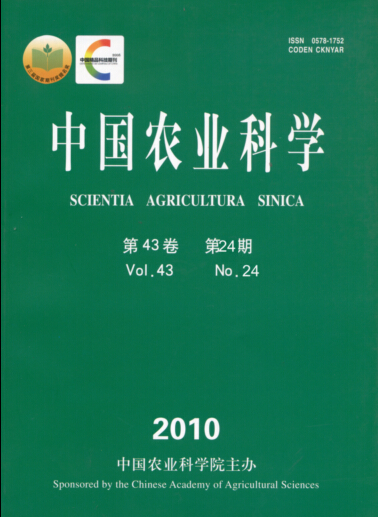【Objective】 Genetic bases of alveogram characters were analyzed by a doubled haploid (DH) population. 【Method】 QTLs for dough tenacity, dough extensibility, dough strength, swelling index and elasticity index of alveogram characters were evaluated in the three different environments by using a doubled haploid (DH) population lines derived from a cross between two elite Chinese wheat cultivars Huapei 3/Yumai 57 (Triticum aestivum L.). A genetic linkage map containing 323 sites.【Result】 Seventeen additive QTLs and 7 pairs of epistatic QTLs were detected in three different environments, which were distributed on chromosomes 1B, 2B, 3B, 4B, 1D, 7D and 5A. QTLs (QDten4B, QDext4B, and QSin4B) were detected for dough tenacity, dough extensibility and swelling index on the Xwmc48-Xbarc1096 interval of chromosome 4B, which had the opposite direction of additive effects. The Xwmc93-GluD1 interval on chromosome 1D had the same direction of additive effects on swelling index, dough strength and elasticity index with high contribution of 3.19%, 17.74%, 28.28%, the sites were QSin1D, QDstren1D, and QEin1D respectively, and the favorable alleles were contributed by Yumai 57. For the seven epistatic QTLs, the epistatic effects were not significant and without epistatic × environment interactions. 【Conclusion】 Both additive effects and epistatic effects were important genetic bases of alveogram characters, and many different traits of alveogram shared the same QTL in some chromosome segments, which showed tight linkages or pleiotropisms.









